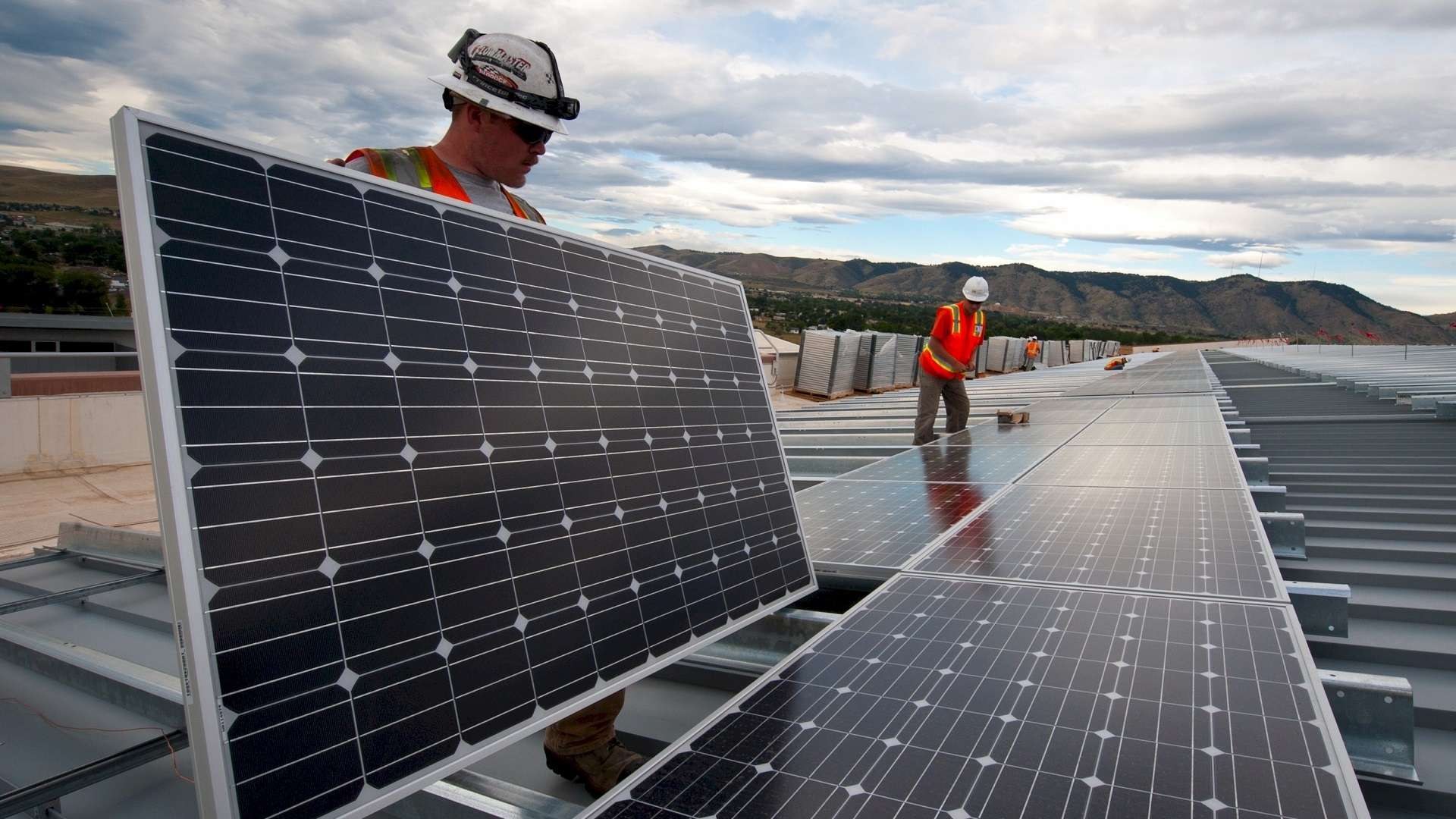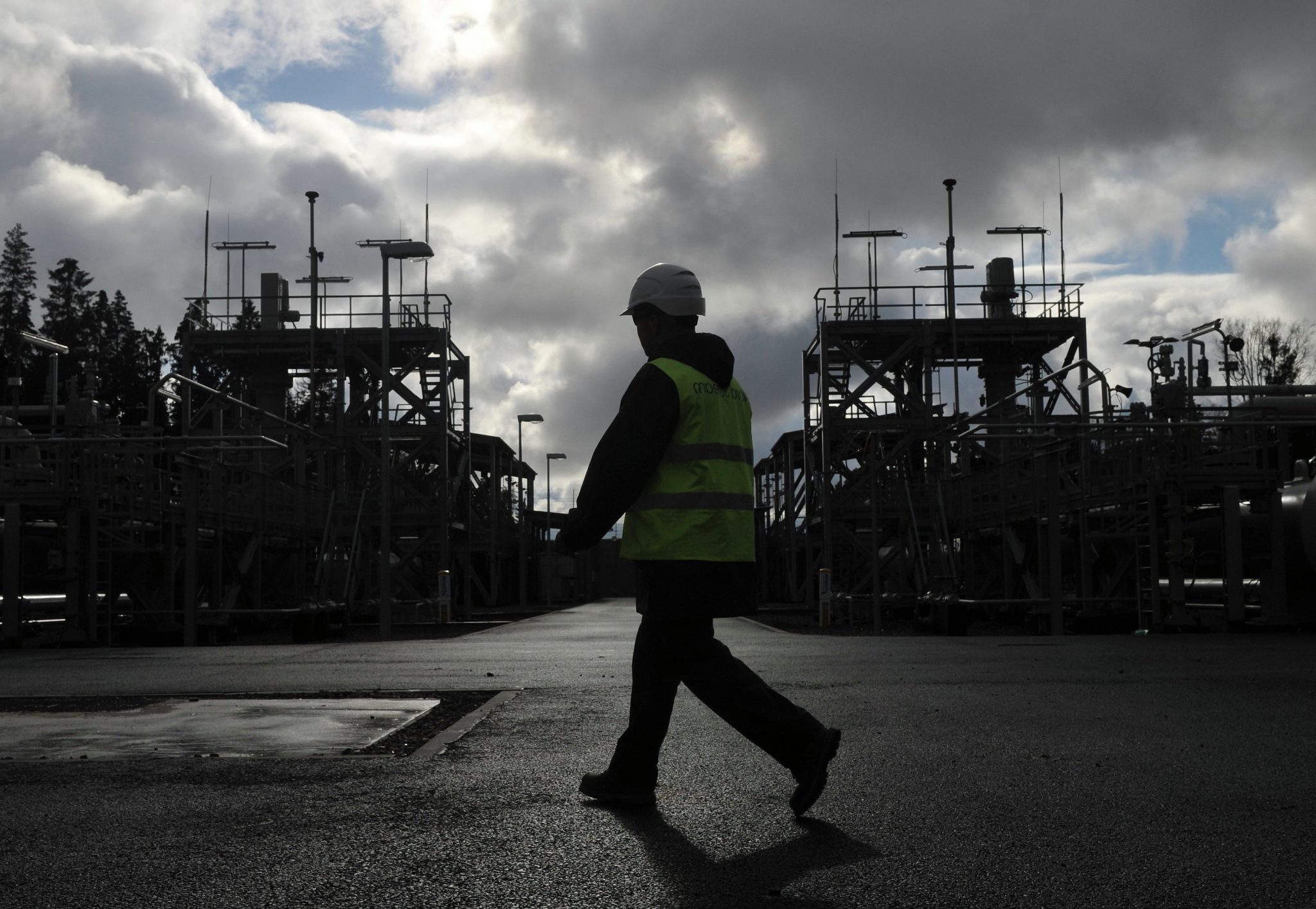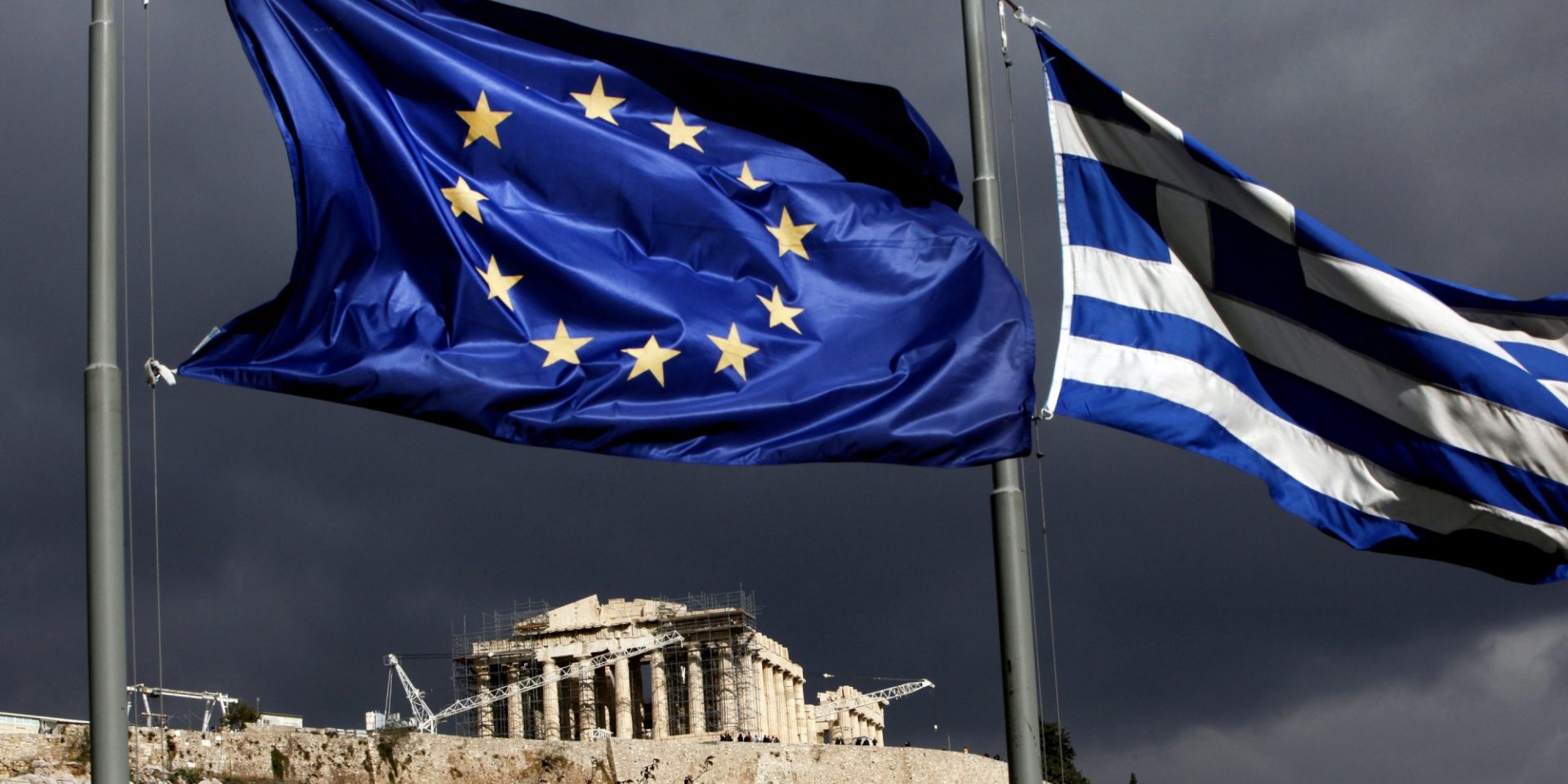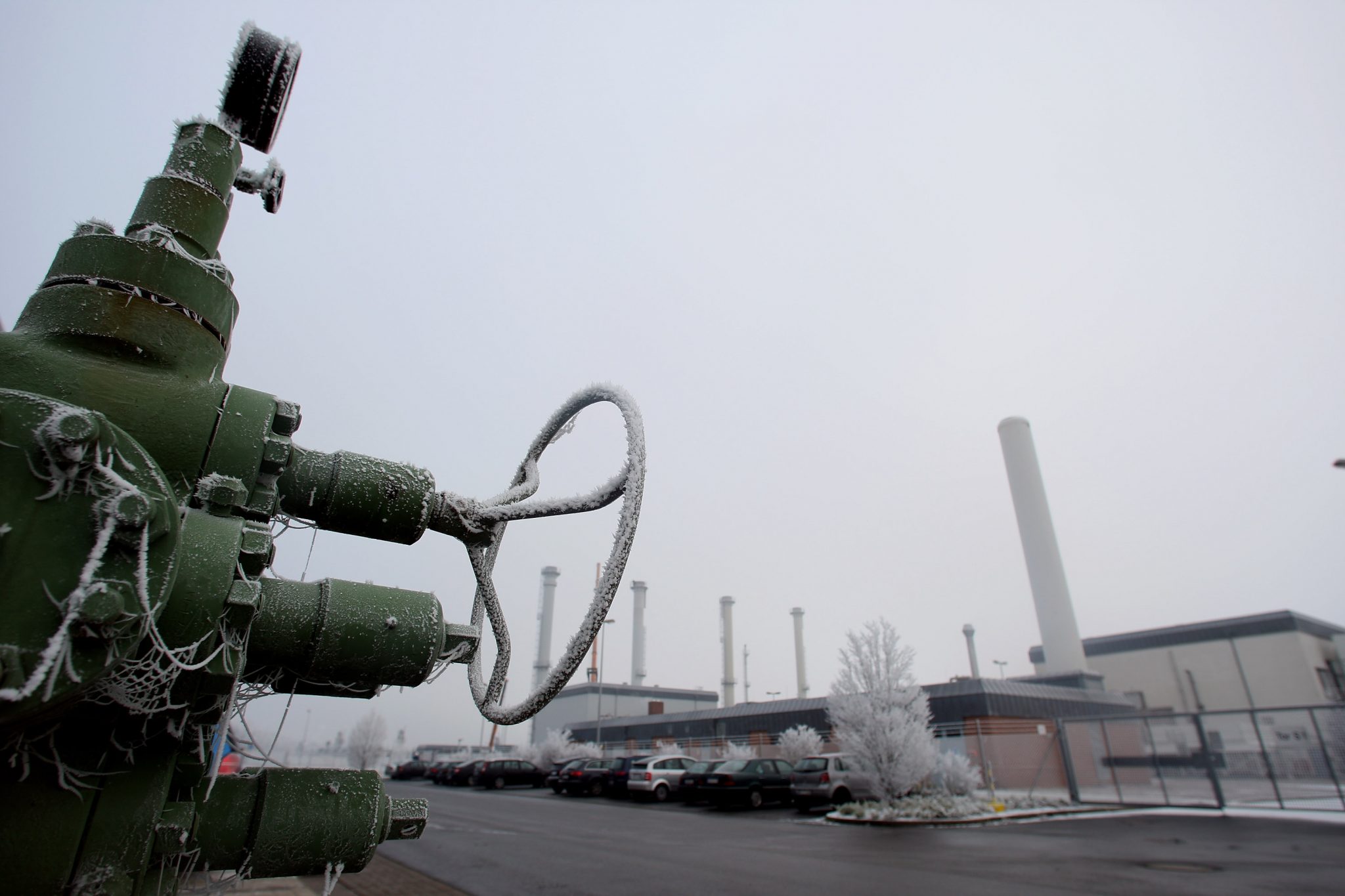
[authorbox authorid=”95″ title=”The Author”]
The European Union established a set of goals for Energy and Climate with benchmarks for 2020 and 2030. As 2020 approaches, it seems the EU will manage to effectively fulfill all four headlines set: 20% decrease in greenhouse gas emission, 20% share of energy coming from renewable sources, 20% increase in energy efficiency, and a total 10% interconnection ratio.
However, the most important challenges remain in this last indicator, which accounts for the percentage of energy that can flow from a country to another. According to the European Commission, three Member States (Cyprus, Poland, and Spain) are expected to remain below the 10% interconnection target in 2020. The EU drives multiple initiatives and projects to increase interconnections in the European energetic network (namely gas and electricity ones).
The largest of those, the electric connection through the Bay of Biscay, was further propelled in July after a summit between France, Spain, Portugal, and the Commission; other important projects are being carried out to increase and improve interconnections throughout the Baltic States or the North Sea grid. They are all aimed to the generation of a truly integrated energy market in Europe, which will foster energy security and efficiency alongside other sectors such as storage and convertibility.
The transferability of energy among Member States reduces the amount of it that is currently wasted in some countries (situations of excessive production), or needed in others (situations of insufficient production), reducing also the necessity to import energy from outside the Union (the EU imports 54% of the energy it consumes, at a cost of more than 1 billion euros per day).
This reduction would have important, positive effects in the geostrategic stance of the EU, as the main countries and regions from which energy is imported are also the most unstable – and destabilising – ones: Russia, Middle East, Eastern Mediterranean, or Northern Africa. Decoupling the tensions with or within these areas from Europe’s energy security would allow for a more independent foreign policy.
Interconnections and energy efficiency (this is, sustaining all activity with the minimum possible energetic consumption) are succeeding in decoupling also economic growth and energy consumption. Thanks to more intelligent designs in buildings, industries, or appliances, the energy demand in the EU keeps on declining.
However, in order to ensure energetic security and independence, and to fulfil Europe’s agreements regarding climate change – especially the Paris Accord –, changing the way we consume energy or the country of origin of that energy is not enough: the sources of energy must also change, and are doing so. The EU is shifting towards the use of renewable energies, which not only tackle global warming, but also ensure an independent, secure, unlimited and clean access to energy.
—
Each year, the vast majority (75%-80%) of new generation capacity installed in the EU comes from renewables. As development and production increase, the costs of these technologies are reduced, suppressing the most important disadvantage towards traditional fossil fuels, which are no longer the cheapest option to generate electricity.
Renewables’ competitiveness combines with European policies designed to tax carbon emissions and stimulate energetic transition (a spearhead initiative in this sense would be the EU Emissions Trading System, the first and biggest carbon market in the world, designed to reduce emissions cost-effectively).
Thus, solar technology (photovoltaic), or wind technology (both on-shore and off-shore) are among the most developed ones, posing huge opportunities for communities that could considerably benefit from their installation (sunny regions in Southern Europe, windy regions in Northern Europe). A renewable, diverse, interconnected, and efficient European energy mix is, thus, the long-term objective; an urgent necessity, but also an important opportunity.
In fact, the EU is obtaining considerable profit thanks to its leadership in fighting climate change, development of renewable technologies, efficiency standards, etc. Institutional initiatives translate into research, development, production and investment, generating jobs and opportunities. Sectors such as building efficiency or electric mobility are experiencing exponential growth, following a global trend in which major global economies are also participating.
As a consequence, patenting activity in these fields is increasing, with European companies increasingly seeking protection for their inventions in the global market. The overall effect is a wide modernization and increase of competitiveness of the European economy, which is no longer coupled to carbon emissions.
According to Commission data, the EU’s combined GDP grew by 53% between 1990 (the year of reference for the 2020 targets) and 2016, while the total emissions decreased by 23%. There are specific sectors, however, in which emissions continue to increase – namely transport –; Europe may well ensure a leading industry also in the mobility sector, as American and Chinese companies are increasingly investing in electric transport.
Of course, this transition is not taking place as a uniform, integrated phenomenon, as EU countries vary widely in their rhythm and innovation. The East-West divide has also an energetic side, as States from Central and Eastern Europe are much more based on carbon. The European Commission currently provides ‘tailor-made support and assistance to regions in transition which have been or remain reliant on coal and carbon-intensive industries’, in order to smooth the transition and its downside effects in the medium term.
In the long term, however, the transition to renewable energies will be a global trend. It must be seized progressively, combining innovative leadership with widespread adaptation. According to the Commission, if carefully managed, the energetic transition will ‘ultimately benefit the entire EU economy, by creating new job opportunities, bringing savings on energy costs or improving air quality’.
Large investment facilities and subsidies are being put in place by the EU (EFSI, ESIF, CEF, DEEP, EIB), alongside research projects and comprehensive policy plans ranging from farming to space policies. The most important of all these projects is, by far, ITER (initials for International Thermonuclear Experimental Reactor, and Latin for the way). ITER is a project led by the European Union, its main contributor, alongside other six global powers: the US, China, Russia, India, Japan, and South Korea.
It is being developed in southern France since 2008, and it has started its final assembly phase this year. Its aim is to build the most complex nuclear reactor in the world, in an attempt to master a technology that has never passed the experimental phase: nuclear fusion. If successful, the experiment would provide the world with a new energy technology that would be clean (no hazardous waste produced), safe (no meltdown risk), and renewable (based on virtually unlimited resources such as hydrogen, present in sea water).
This experiment is planned on the long-term, with the first reaction scheduled for 2025. However, if the technology is successfully applicable to commercial energy production, the world’s energy issue would have been virtually solved. It seems to be a project worth leading for Europe.
The European Union is a young actor in the international scene, with its foreign policy tools still needing further development. However, it has proved to be a global leader in an issue that concerns all countries on Earth, such as energetic transition and the fight against climate change. The tangible benefits that this leadership entails are already here, and will continue proving to be worthy during the next decade.
Let’s hope Member States will take it as a proof of what can be achieved when the EU speaks and acts by its own, to foster their integration also in foreign policy. And let’s hope as well that the rest of States in the world will take it as a proof of what can be achieved through multilateralism and institutional cooperation.




